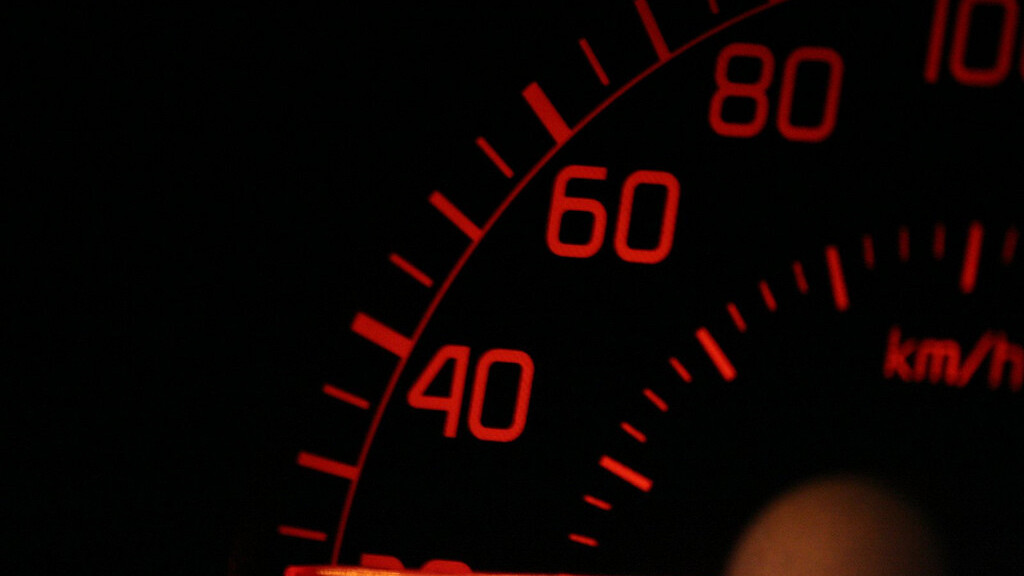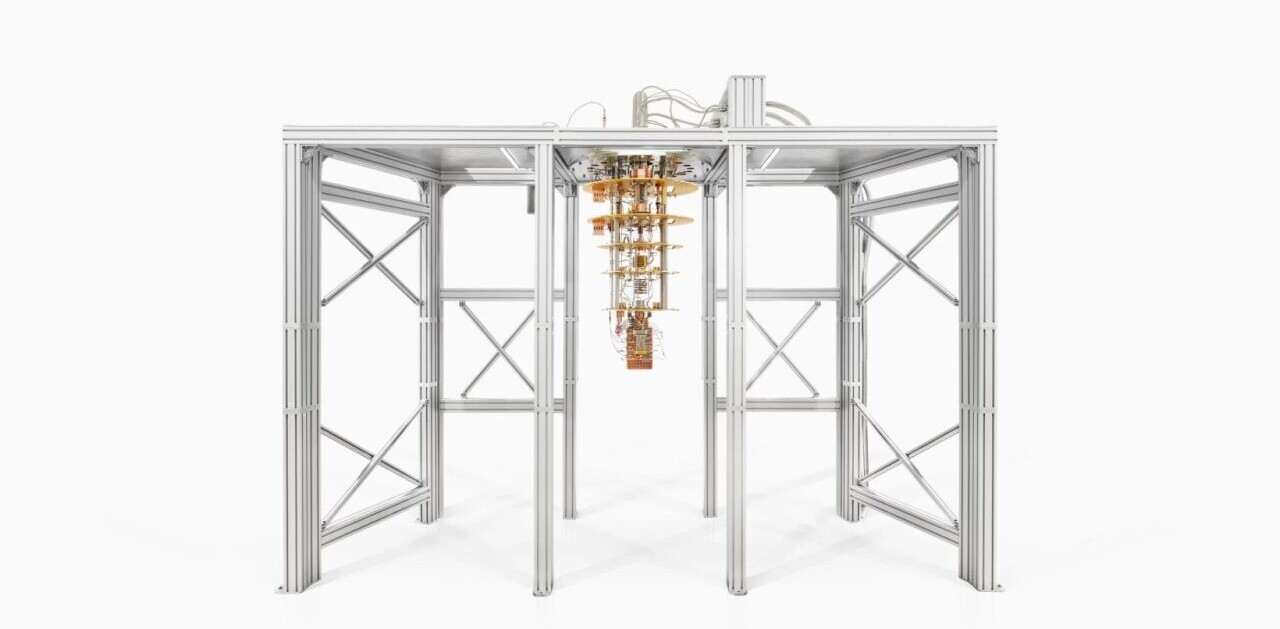
Just over a week after the regulator announced that it was accepting applications for the UK’s upcoming 4G spectrum auction, Ofcom has announced the seven companies that will vie for key parts of the 800 MHz and 2.7 GHz bands beginning January 2013.
Ofcom says that EE, HKT-PCCW, Hutchinson (Three), MLL Telecom, Niche Spectrum Ventures (a company owned by BT), Telefonica UK (O2) and Vodafone have had their applications approved and are qualified to bid in the auction.
While the UK’s major mobile operators are present and ready — including EE, which already operates its own 4G service using repurposed 2G spectrum — other bidders include HKT-PCCW, formerly known as Hong Kong Telephone Company Limited and Cable & Wireless HKT, which is a leading telecommunications provider in Hong Kong.
MLL Telecom is known for supporting fixed and wireless services in the UK and already owns part of the existing mobile spectrum, so it comes as no surprise that it has submitted an application and had it accepted.
BT — via Niche Spectrum Ventures — is also vying for a share of the spectrum, perhaps using it to offer wireless broadband services alongside its fixed line services.
In January 2013, Ofcom will open the bidding, allowing the seven parties above to compete and acquire new capacity to roll out superfast 4G services to cities, towns and villages across the UK.
Vodafone previously told The Next Web that it “plans to launch our 4G in the Spring and we intend to use a signal that travels further into your home than any 4G signal that’s available now, all things being equal.” This likely means it will pursue the 800 MHz spectrum, the lower frequency band that was freed up when analogue terrestrial TV was switched off following the digital switchover.
The 2.6 GHz band is well suited for high-capacity networks, providing high-data in densely populated areas like cities and public spaces (events etc). It is unknown what the other operators intend to bid on.
Get the TNW newsletter
Get the most important tech news in your inbox each week.





